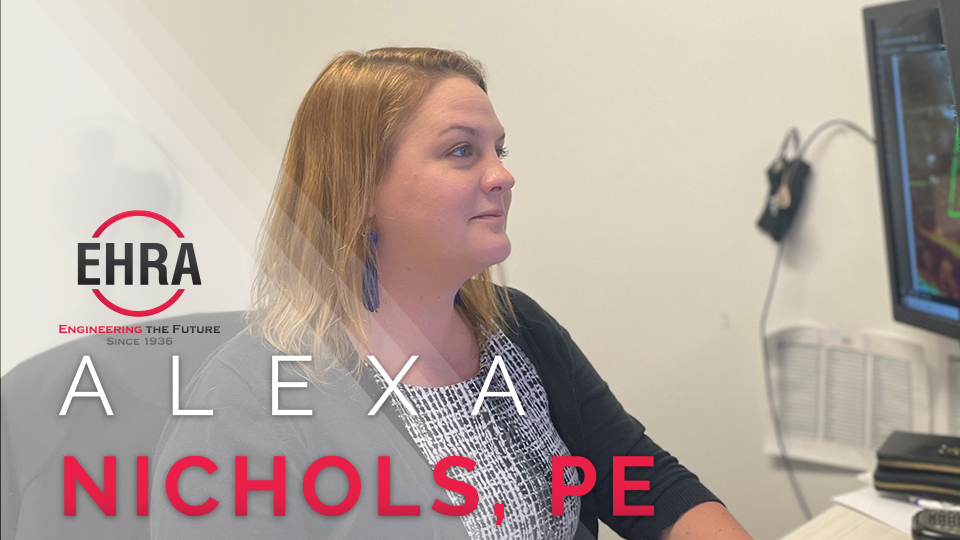

EHRA was selected by the client to provide engineering design and to serve as District Engineer for the 2,400 acre Towne Lake Development. Our survey department retraced the overall boundary and performed a topographic survey of the site.
Facilities requiring expansion were also common wall construction, and the EHRA team converted the facilities into aerobic digesters and sludge thickeners.
EHRA performed preliminary drainage area delineations for nine creek crossings and calculated approximate 100-year flows for each culvert crossing. Culvert structures were sized for each of the six crossings, ranging from 48” round pipe culverts up to dual 5’x5’ box culverts.
EHRA worked with the District to create a comprehensive Parks Master Plan, which included recommendations for the development of over two miles of hike/bike trails adjacent to local streets, and within flood control and utility pipeline easements. The District began implementation of the Plan by prioritizing the beautification of West Road, a major arterial street that runs through the District.
On-going surveying for property acquisition and engineering design surveys of re-routing of Buffalo Bayou north of downtown Houston between North Main Street and McKee Street. Services to be provided include “soundings” for Buffalo and White Oak Bayous.
Pivot. Whenever I hear this word, I immediately think of the Friends episode that is notorious for Ross obnoxiously screaming this word at his friends who are trying to move his brand-new couch up a too small stairway leading to his apartment. He yells the word over and over again, as if his friends either do not hear him or do not understand what they are supposed do when he says it. Eventually they simply all just give up trying to help him. Being the engineer that I am, I naturally think about all of the ways they could have gotten this couch up to his apartment by turning, rotating and leveraging it. I feel that this situation reflects life in that changing directions is difficult and sometimes even painful, no matter who is “encouraging” us to do so.
I have had to pivot throughout my life in many different ways. My family moved when I was young from Wyoming where we were surrounded by extended family to Texas where we knew no one. It was hard to leave family behind, but I was able to make some wonderful new friends that I am lucky enough to still be friends with to this day.
This may be surprising to many, but I wanted to be a writer when I was younger. I realized when I got older that I both excelled at math and that I actually enjoyed it, so I pivoted to change majors before I even made it to college. After my Intro to Engineering class, I thought I was going to be a structural engineer because I fell in love with engineering while calculating the sum of forces. I pivoted from that idea when I discovered that maybe I did not like math quite enough to take the several extra math-based classes I would need for a structural specialization.
Immediately after graduating from college, I worked on wastewater facility design, which is not where I thought I was headed at all, but I learned a lot. Since then, I have changed both companies and career paths to ones that better suited me. I am now a hydraulics and hydrology engineer at EHRA Engineering.
As a professional in the drainage industry, I have had to pivot repeatedly in the last five years. The update to Atlas 14 rainfall data triggered updates to drainage criteria and floodplain ordinances throughout the Houston area, so the only certainty was that there was no certainty in regulations or how they were applied. Then, in 2020, everyone had to pivot to stay home, beef up on virtual technology skills and work remotely. That, I can definitely say was easier for me than many other people I know. I felt as though I was finally getting the hang of the pivot and embracing uncertainty.
Then, in 2021, I was diagnosed with a medical condition that stopped me in my tracks. Things that I had taken for granted for years became difficult, painful and exhausting. After two surgeries and what seems like endless physical therapy, I have had to learn how to be more resilient.
In engineering, we hear about resiliency all the time. Especially in the drainage world. It is the ability to adapt to or recover quickly from difficult situations. In drainage, this would mean doing things like raising structures, designing roadways to flood instead of structures and building deeper and wider detention basins and channels so that more volume and conveyance can be provided. These are ways of dealing with the inevitability of flooding in our area—not by trying to stop it, but by accepting it is going to happen and designing around that.
For me personally, resiliency means that I do not let things like pain keep me from doing the things that I love. It also means I may have to adjust how I accomplish things: going slower, taking different routes to accomplish the same goals or bringing my trusty heating pad along for the ride. Lastly, resiliency is truly prioritizing and putting my energy into what is important to me and scale back on everything that is not.
I have found that mindset, finding purpose, surrounding myself with good people and asking for help when I need it to be invaluable in increasing my ability to be resilient. I will be the first to admit that I am in no way an expert and am still learning constantly, but I cannot recommend any of these enough to everyone. When you find your purpose, your people and shift your mindset, pivoting becomes easier and resiliency a reality.
